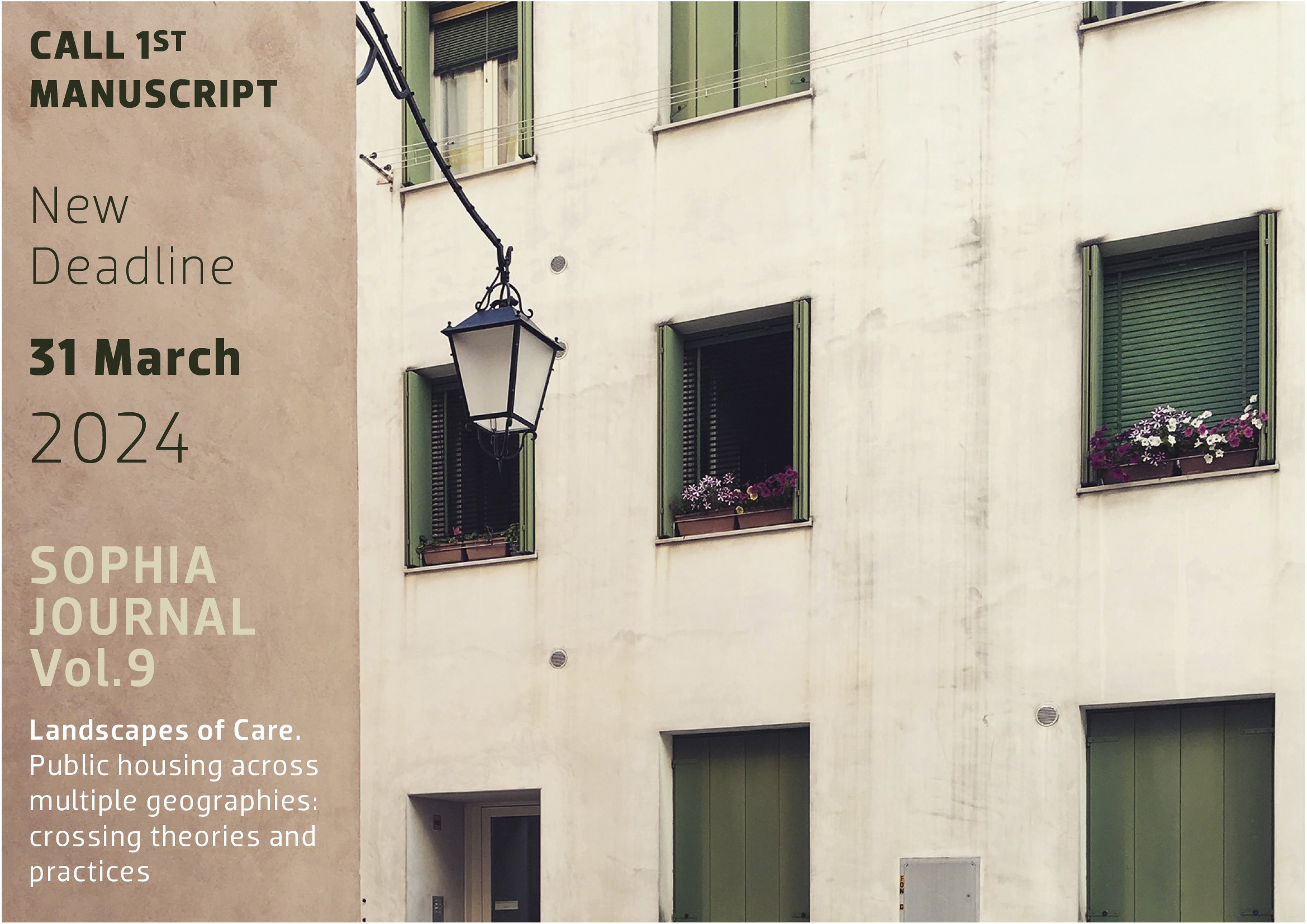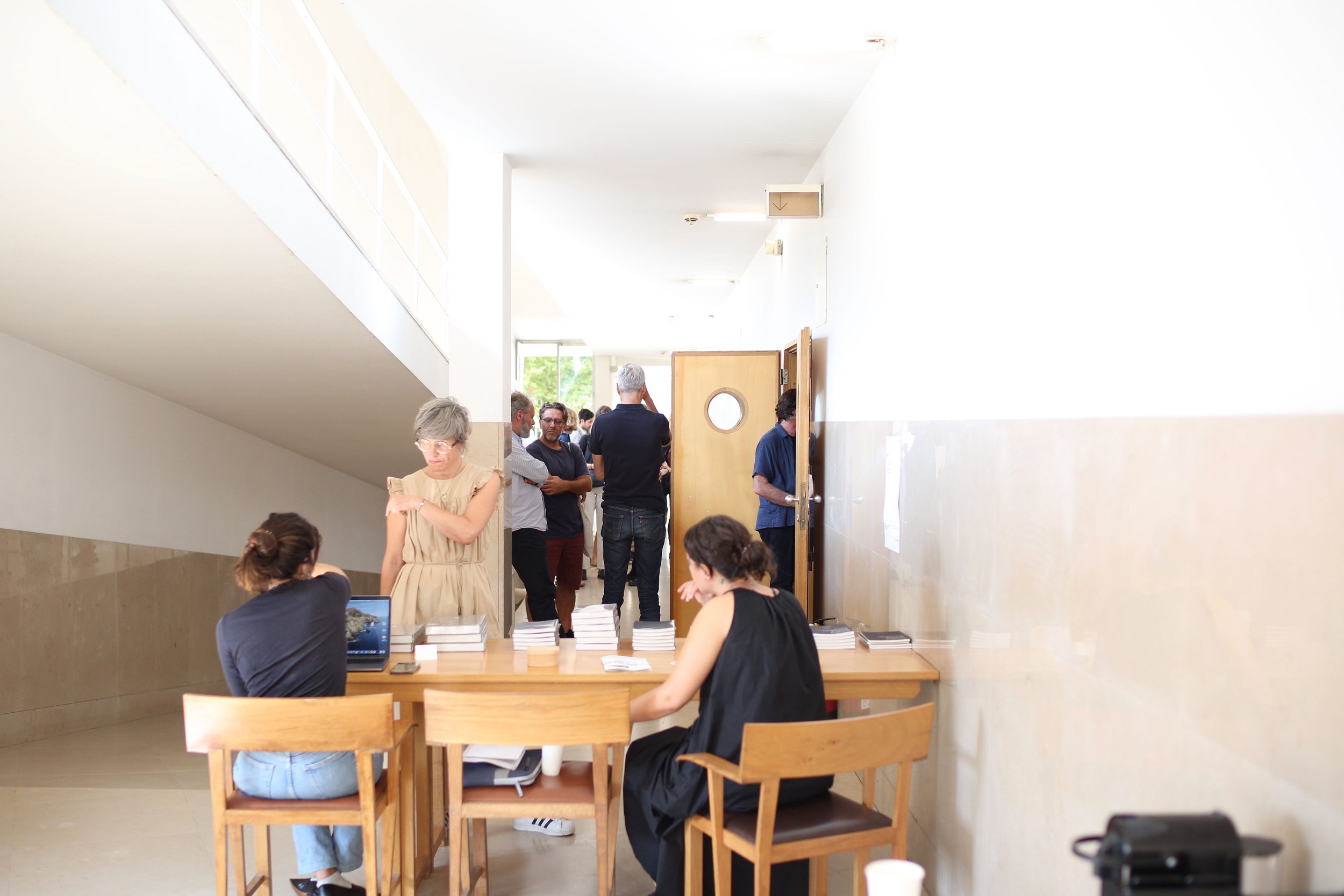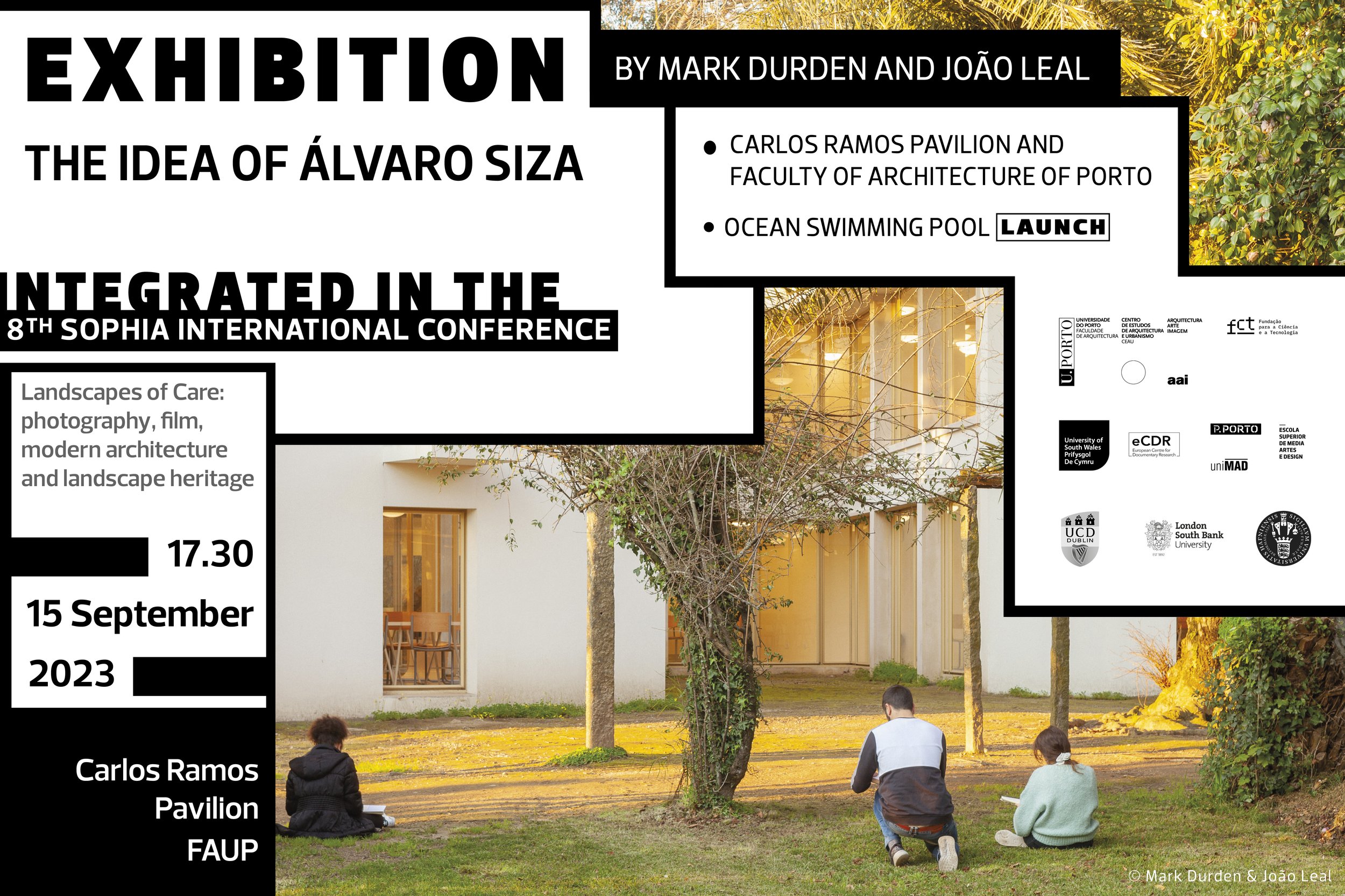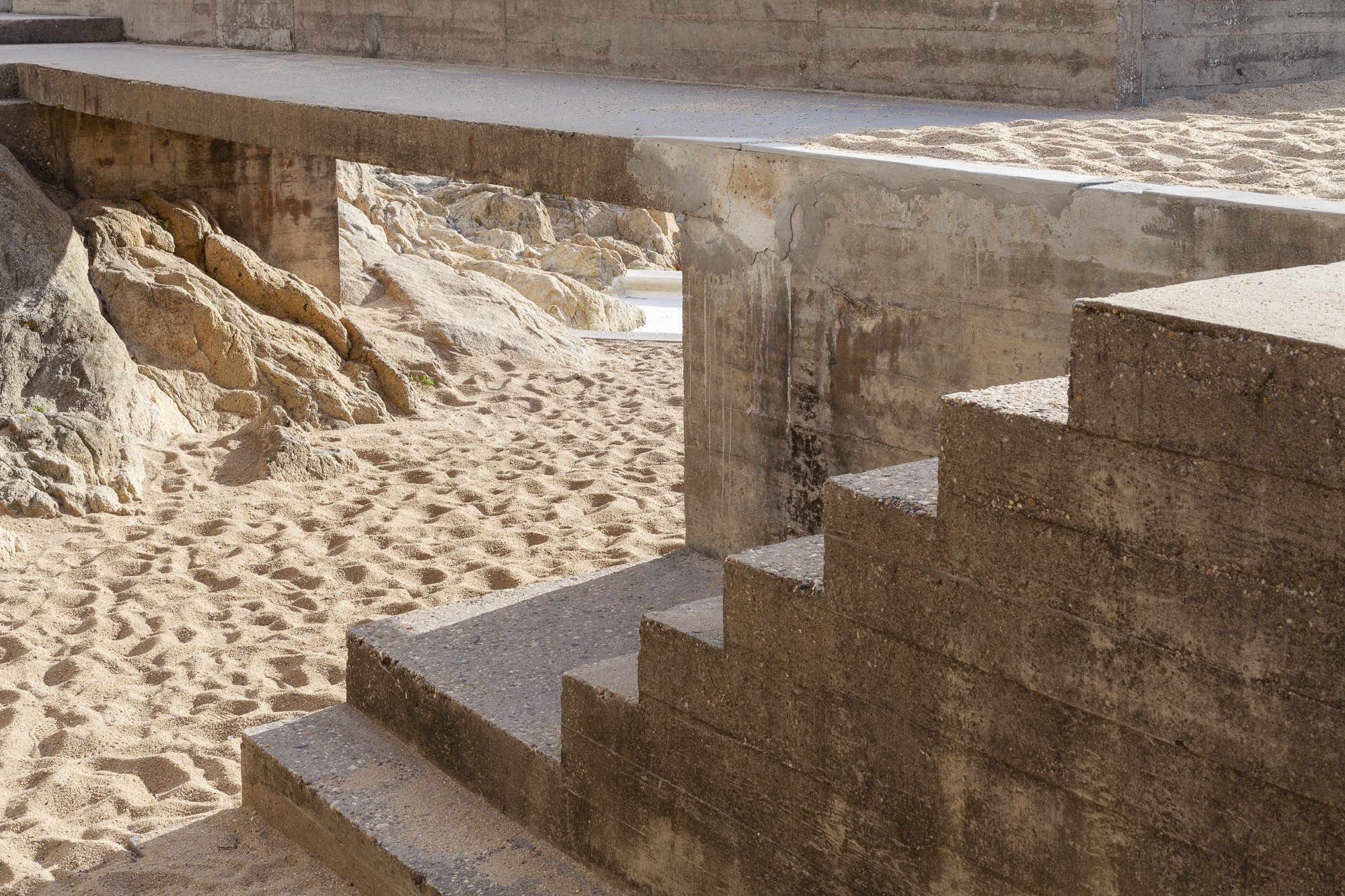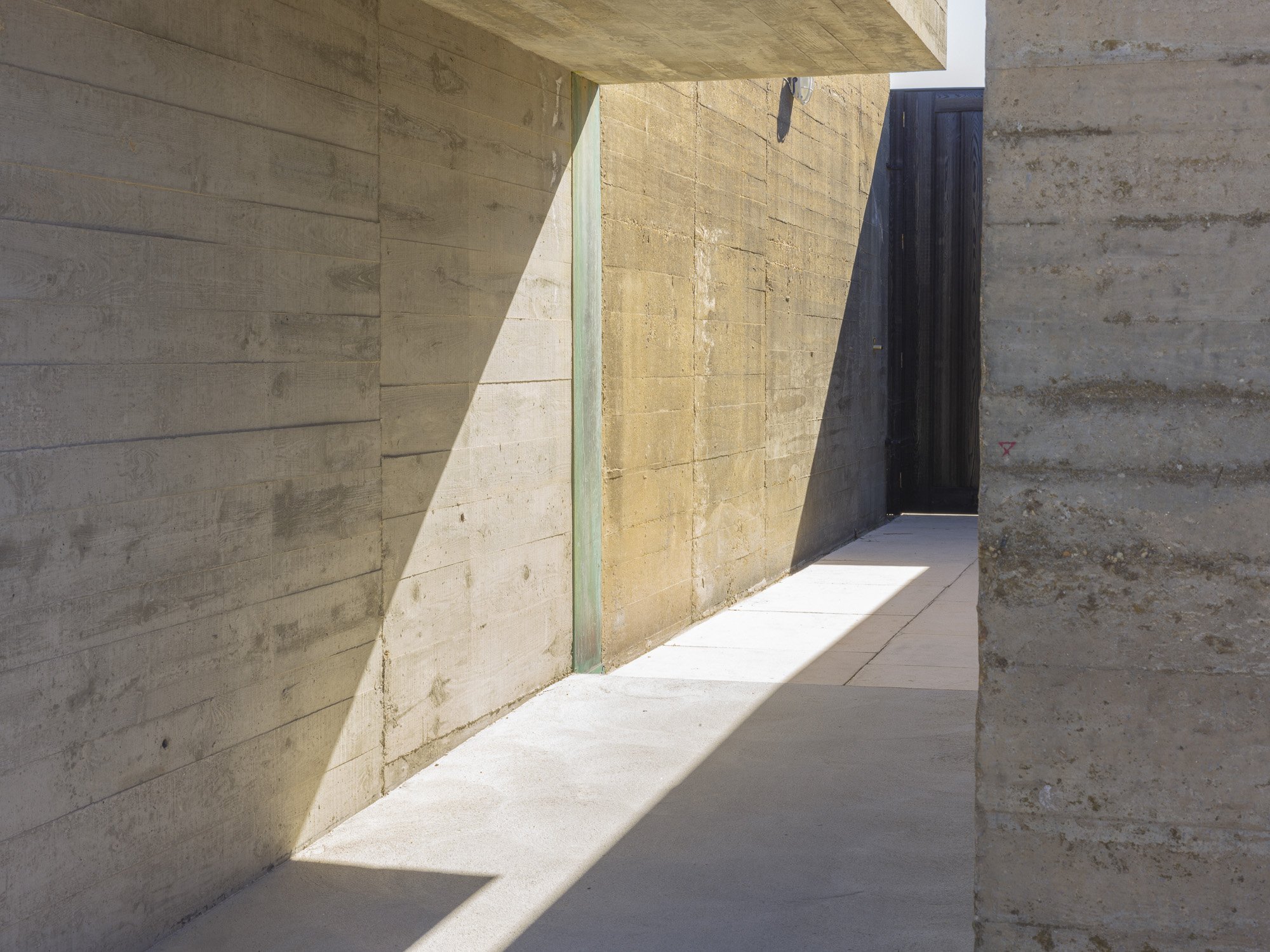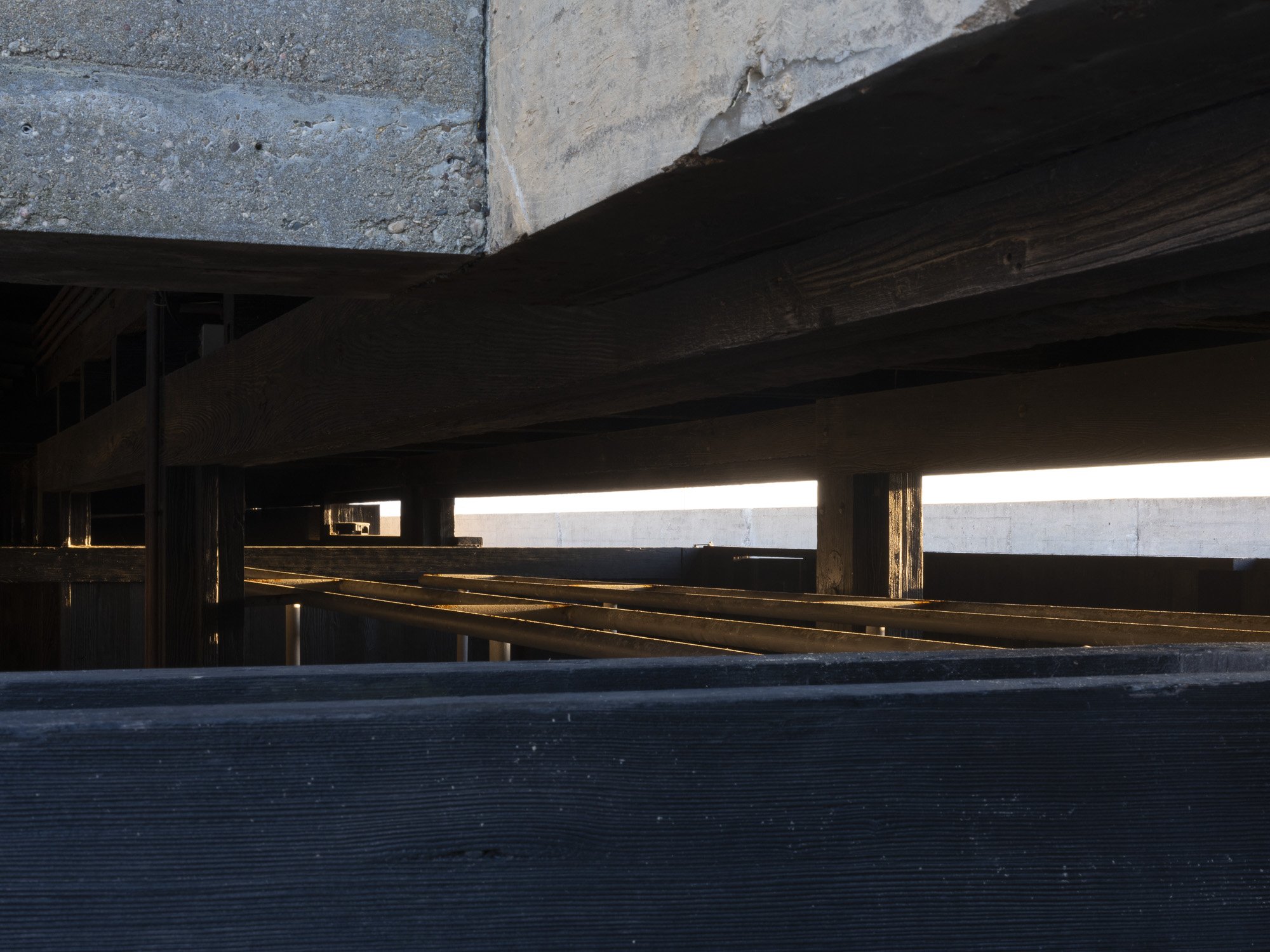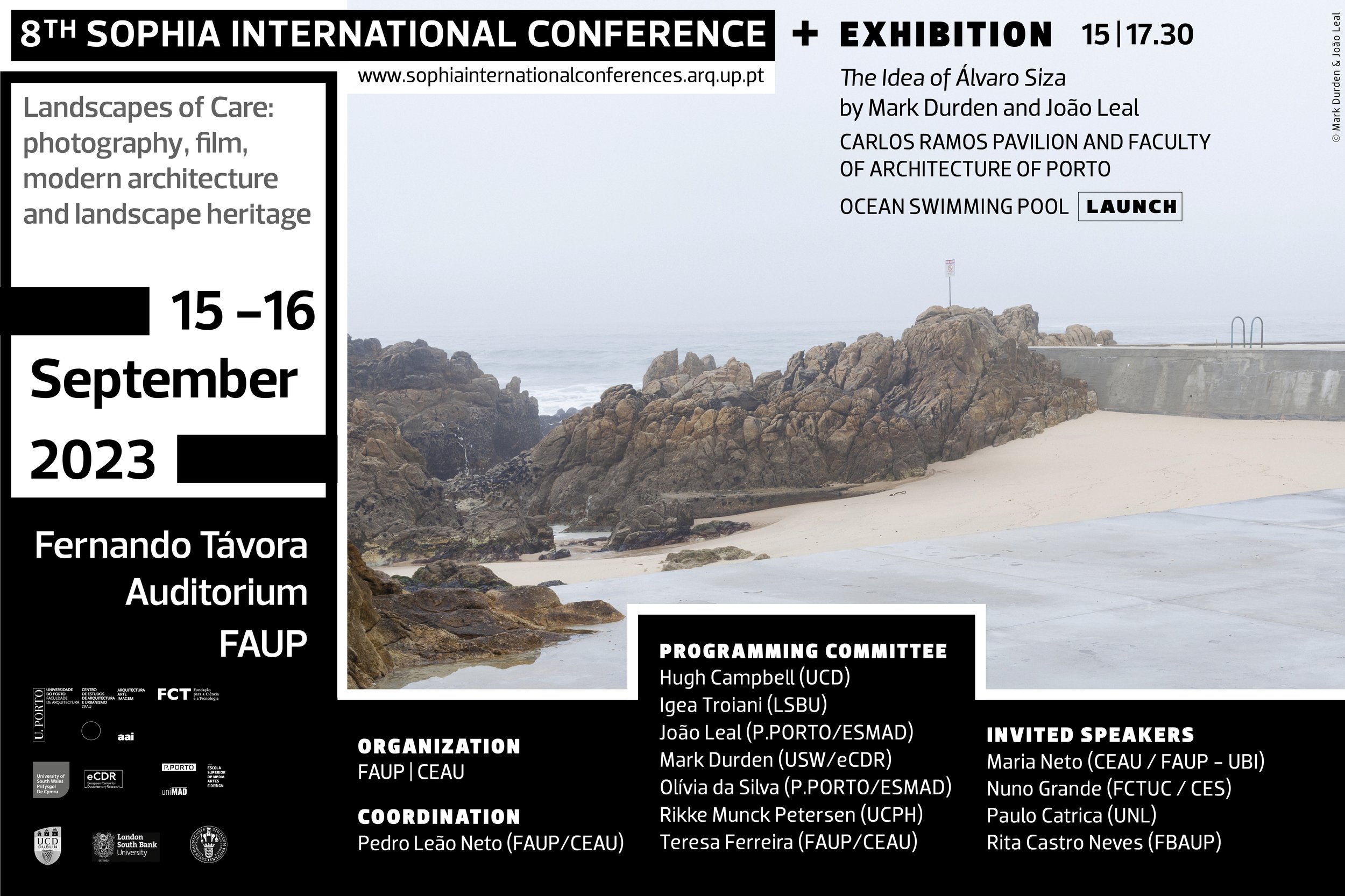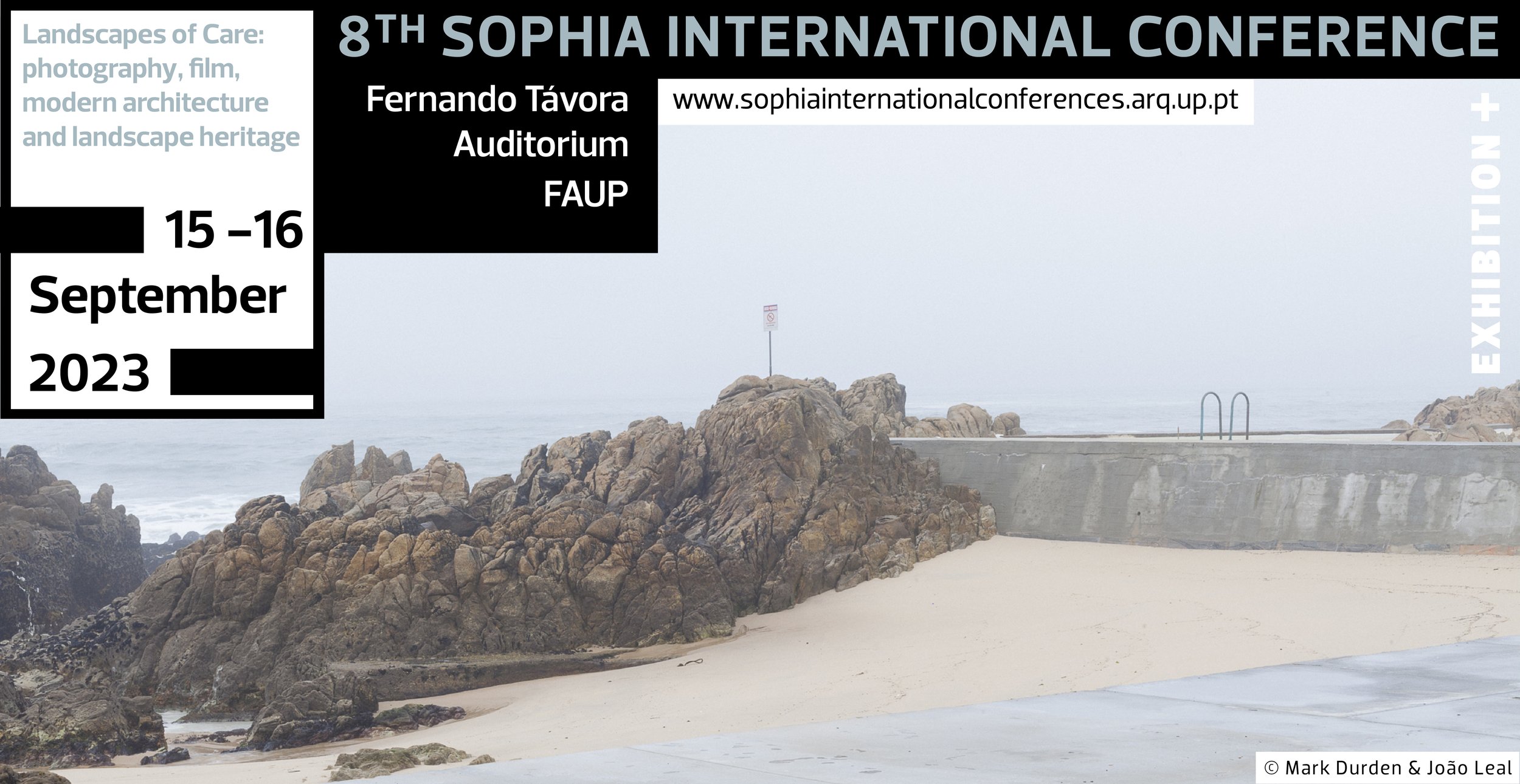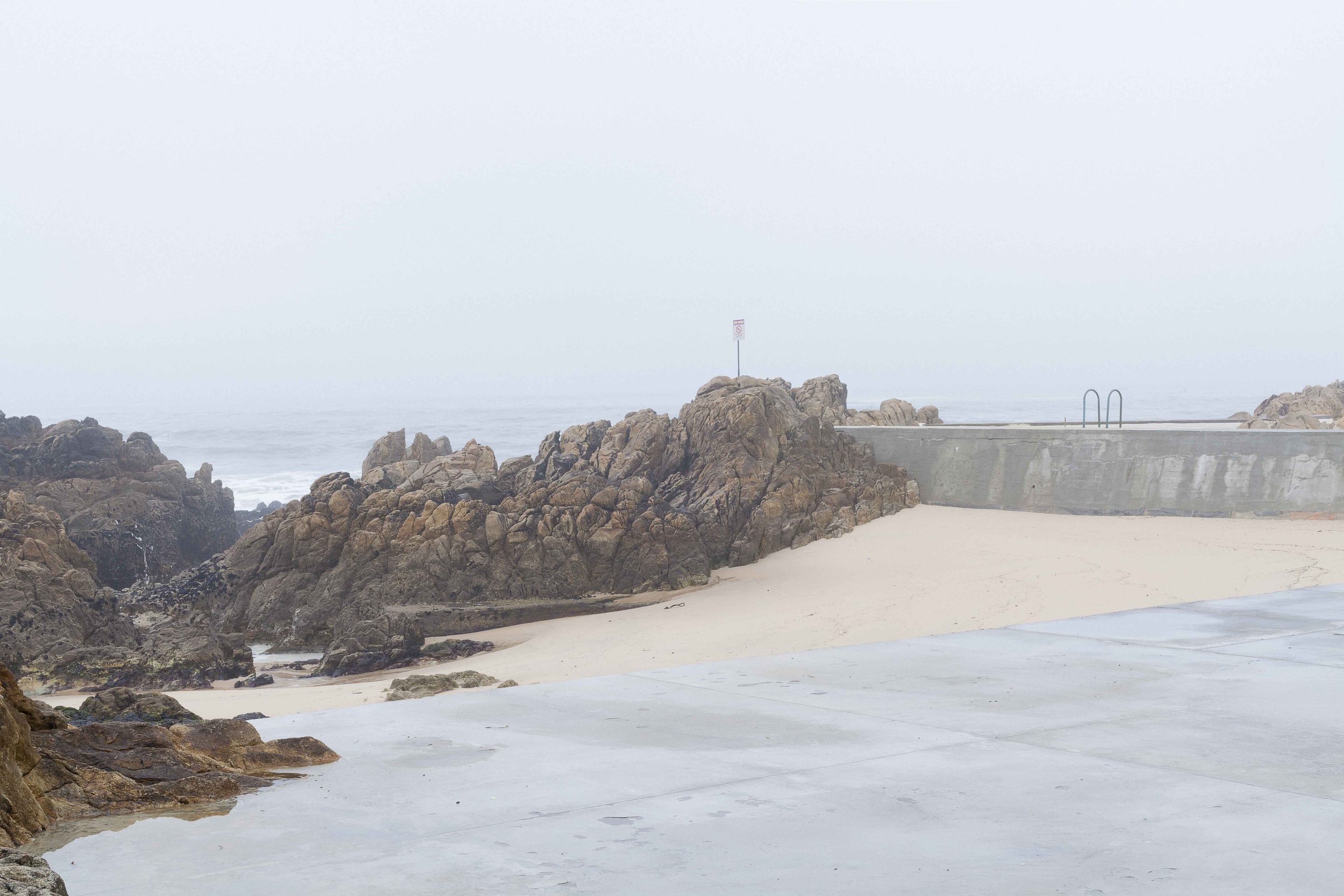The Campo di Marte, La Giudecca, Venice, 2018. IACP (Istituto Autonomo Case Popolari, 1983). Courtesy: Jorge Marum
CHAMADA 1º MANUSCRITO - NOVO PRAZO DE ENTREGA - 31 março
Landscapes of Care. Public housing across multiple geographies: crossing theories and practices
Editores: Maria Neto (UBI-FAUP), Paz Nuñez Martí (UAH-ETSAM)
Editores Convidados: Igea Troiani (LSBU), Joan Mac Donald (U. Chile), Jorge Tárrago Mingo (ETSAUN)
Open Call Video Presentation
PT/ENG
A Revista Sophia está atualmente a aceitar o 1º manuscrito / artigo completo para o seu terceiro ciclo temático "Landscapes of Care" centrado na produção de habitação de promoção pública “Public housing across multiple geographies: crossing theories and practices”.
Prazo de entrega do 1º manuscrito: 31 de março de 2024
Prazo para o 2º manuscrito: 1 de setembro de 2024
Prazo para apresentação na conferência: 10 de setembro de 2024
Conferência Internacional (dtbc): 15 e 16 de setembro de 2024
Prazo para o 3º Manuscrito (Revista): 5 de outubro de 2024
Data de publicação (tbc): até dezembro de 2024
O terceiro ciclo temático de Sophia Journal "Landscapes of Care", aborda investigações, projectos, experiências e práticas fotográficas e visuais contemporâneas que se preocupam sobre o modo como a arquitectura, entendida num sentido amplo, pode ajudar a curar as relações entre o homem e habitat, bem como a crise sócio-ambiental que o planeta vive.
O conceito de Landscapes of Care tem sido cada vez mais adoptado em diversas áreas do conhecimento, desde a geografia da saúde até às artes e arquitectura, transposta aqui como a acção do estado social no sector da habitação, que gera uma relação de cuidado entre o estado e sociedade, enquadrada nos direitos económicos, sociais e culturais. Neste call interessam-nos investigações e práticas visuais que nos ajudem a compreender e documentar procedimentos (formas de atuar?) fora das narrativas dominantes, que promovam o direito à habitação, mas também o direito à cidade, convocando a cidade e o território como organismos vivos e inclusivos, reconhecendo a importância dos recursos públicos e das respostas sociais, os processos participativos e a co-responsabilização, para a promoção de uma sustentabilidade global.
Este número ao focar-se na produção de habitação de promoção pública, permite centrar as contribuições numa leitura dinâmica da cidade condicionante e condicionada pela tipologia habitacional. Associando arquitectura, habitação de cariz público, habitat e planeamento urbano convocam-se trabalhos que explorem uma narrativa interpretativa sobre a habitação e quem nela habita, projectos piloto de intervenções em comunidades-de-estudo, capazes de gerar visões estratégicas sobre o possível futuro da cidade e do território, da habitação e das vidas que (trans)forma, nesta relação ontológica entre a casa e o Homem.
A habitação de promoção pública deveria ser um exemplo de práticas inovadoras quer de projecto quer de desenvolvimento urbano e territorial, no entanto a maioria das intervenções realizadas através de políticas de habitação ou de acções específicas e isoladas sobre habitação pública, não são suficientemente conhecidas e/ou disseminadas quer pelas autoridades quer por parte dos técnicos e investigadores, não chegando a produzir conhecimento alargado e debate. O nosso objectivo é dar a conhecer estas práticas que cruzam teoria e acção, e explorar de que modo a fotografia, os levantamentos, testemunhos e os documentários podem ser utilizados como instrumentos significativos de investigação nas dimensões socioeconómica, política, histórica, técnica e ecológica da habitação social, da cidade e do território, desvelando boas práticas e modelos a estudar. Lançando um olhar crítico sobre o fazer cidade a partir do seu programa dominante - a habitação - pretendemos também estabelecer relações de continuidade e/ou ruptura, alinhamentos e/ ou desfasamentos entre habitação e pensamento urbanístico, sociopolítico e arquitectónico quer no quadro nacional como no internacional.
Nesta convocatória de artigos e ensaios visuais para este número da revista Sophia Journal Vol. 9 | Landscapes of Care. Social housing across multiple geographies: crossing theories and practices convidamos os autores a submeterem trabalhos teóricos, registo de experiências em programas de habitação social, e ensaios visuais sobre iniciativas ou programas piloto em habitação pública, onde a fotografia, o registo gráfico, o testemunho e o documentário estão presentes de forma significativa. Projetos descritivos, analíticos e interpretativos, capazes de oferecer uma percepção única e um novo entendimento sobre a habitação, os seus moradores e a cidade, bem como a sua capacidade de responder e reflectir as condições locais e ser elemento de coesão socio-territorial. Projectos que são territórios críticos capazes de expandir a nossa compreensão sobre a arquitectura e paisagem social, em termos da sua linguagem, localização, moradores e vizinhança.
Interessam-nos também trabalhos fotográficos e cinematográficos que nos permitam reconhecer a dimensão social da arquitectura e da paisagem e compreender a arquitectura como fez Alvar Aalto, “as a great synthetic process of combining thousands of definite human functions” juntamente com o enfoque de Donna Haraway na interacção humana e não humana - novas “naturecultures” capazes de contribuir para uma maior compreensão do potencial da arquitectura e da paisagem do social para um equilíbrio e uma interacção mais ecológica e sustentável entre a arquitectura e a natureza.
Instruções para a apresentação de propostas
Para apresentar a sua proposta, envie um resumo de 500 palavras (incluindo referências e um máximo de cinco imagens) e uma breve biografia de cada autor (até 70 palavras cada) até 1 de dezembro de 2023. A submissão de resumos é feita através da nossa plataforma OJS, registando-se e submetendo em: https://www.up.pt/revistas/index.php/sophia/index
Os autores seleccionados serão notificados até ao dia 11 de janeiro de 2024 e deverão entregar um artigo completo (entre 3000 e 6000 palavras) ou um ensaio visual (comprimento entre 6 e 8 páginas, mais texto entre 500 e 1000 palavras) até ao dia 11 de março de 2024.
Note-se que todos os artigos teóricos serão sujeitos a revisão por pares. As outras modalidades de submissões que publicamos (ensaios visuais, entrevistas e recensões críticas) não estão sujeitas a revisão por pares.
A aceitação de um resumo em qualquer uma destas modalidades não garante a publicação.
BIOGRAPHIES
IGEA TROIANI
Igea Troiani (PhD) is a Professor of Architecture and Head of Division for Architecture at London South Bank University (LSBU). She is an architect and filmmaker with almost 30 years-experience of working in a university, architecture practice and universities gained in the UK (London, Oxford and Plymouth), China (Suzhou), Germany (Münster) and Australia (Brisbane and Melbourne). Her three key areas of research are 1) the social production of architecture; 2) architecture and media (focusing on publishing and filmmaking) and 3) architectural labour, neoliberalism and sustainable ecologies. She studies architecture from transdisciplinary perspectives to determine the conditions in which architecture is, and architects are, socially, culturally and economically produced. Her books include The Politics of Making (2017/2007); Transdisciplinary Urbanism and Culture (2017); Architecture Filmmaking (2019); Visual Research Methods in Architecture (2021); and Spaces of Tolerance (2021), and Work-life Balance in Architecture (in press).
JOAN MAC DONALD
Joan MacDonald is an architect and expert in housing and urban planning, especially in vulnerable contexts. She was the first architect to head the Housing Department at the UC School of Architecture and the first woman to assume the position of Undersecretary of the Ministry of Housing and Urban Planning (1990-94). Throughout her career, she has fulfilled different urban and housing management leadership roles. Among them, she was a consultant for the Sustainable Development and Human Settlements Division of ECLAC, and between 2000 and 2014, she directed the Latin American Service, African and Asian Popular Housing (SELAVIP). From there, she promoted the execution of more than 500 housing and neighborhood improvement projects for poor urban communities in the developing world.
JORGE TÁRRAGO MINGO
Jorge Tárrago Mingo. Registered Architect. PhD. University of Navarra (2005). He is a Professor of Architecture and collaborates in research and editorial initiatives. He is Director of RA, Revista de Arquitectura. He has published articles in ARQ, Future Anterior, Bauwelt, Rita, PPA, Revista 180, Arquitetura rivista, ZARCH, and he is a regular reviewer for some others. He is author, co-author or editor of several books and book chapters, the most recent being Aguinaga, Echaide, Sobrini. Escuela Técnica Superior de Arquitectura (Pamplona, 2020), awarded at the XV BEAU, and the chapter 'A Certain Praise for Drawings' in Approaching Architecture. Three Fields, One Discipline (New York & Oxon, 2023). In 2015 he co-chaired the internacional conference Inter: Photography and Architecture (2016) and the four volumes with the proceedings that were awarded at the XIV BEAU. He founded alcolea+tárrago in 2005. His work has been awarded in more than 20 national and international competitions, published in many magazines and books, and has received several architecture prizes for built work.
MARIA NETO
Maria Neto is an architect, invited assistant professor at DECA-UBI, and researcher at CEAU-FAUP and ICHaB-ETSAM. PhD in Architecture (EA-UAH+ICHaB-ETSAM, 2022) with an individual research scholarship from FTC, worthy of nomination for the Prémio Extraordinário UAH, holds post-graduation in Development of Human Settlements in the Third World (ICHaB/ETSAM) and professional practice in Humanitarian Shelter Coordination (IFRC/UNCHR/Oxford Brookes University). She has collaborated with the UNHCR and the BRC supporting refugees in Kenya and the UK. She was the recipient of the Távora Award, a guest speaker representing Portugal at the 17th International Exhibition of Architecture from the Venice Biennale and selected for the anthology of the Lisbon University Triennial Award. In addition to teaching at DECA-UBI and practicing in her architectural studio with architect Jorge Marum, she has collaborated with IHRU on the program “Da Habitação ao Habitat” within the framework of the New Generation of Housing Policies.
PAZ NUNEZ MARTI
Paz Núñez-Martí (Madrid, 1971) PhD in Architecture (Univ. Politécnica Madrid, 1998); Technical Specialist in Heritage Recovery and Rehabilitation (Univ. Politécnica Madrid, 2000) and Technical Specialist in Development Cooperation (Univ. Politécnica Madrid, 2005). PhD in Architecture (Univ. Politecnica Madrid, 2016) and currently Phd from the Escuela Técnica Superior de Arquitectura, Univ. Alcalá (2002-act). She coordinates the area of Habitat and Territory of the Research Group applied to development cooperation COOPUAH. She has been Technical Advisor to the Madrid City Council for the shanty town settlement of Cañada Real (2015-2019) and currently conducts applied research on spatial justice, urbanism and citizenship from various civic platforms with political impact in the city of Madrid.
SOPHIA JOURNAL | AAI OJS WEBSITE - OPEN CALL
Research group 'Arquitectura, Arte e Imagem — AAI' CEAU.FAUP



